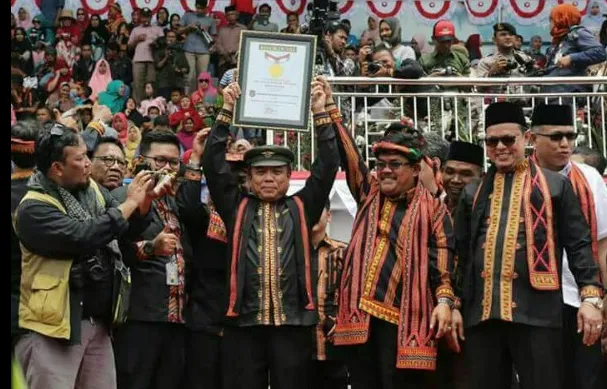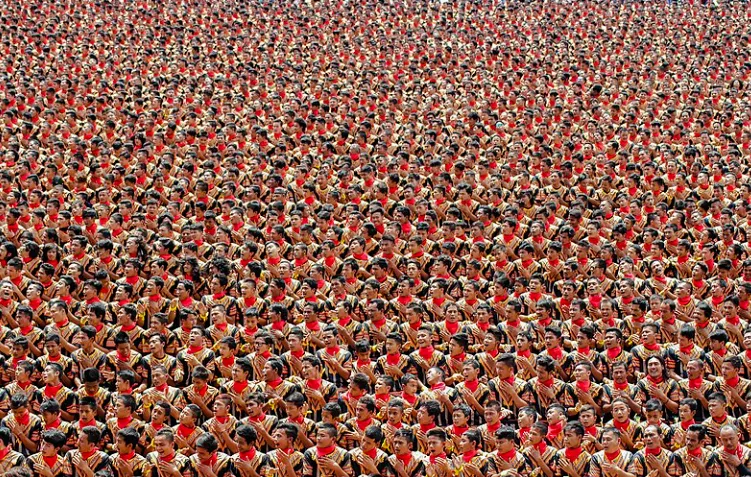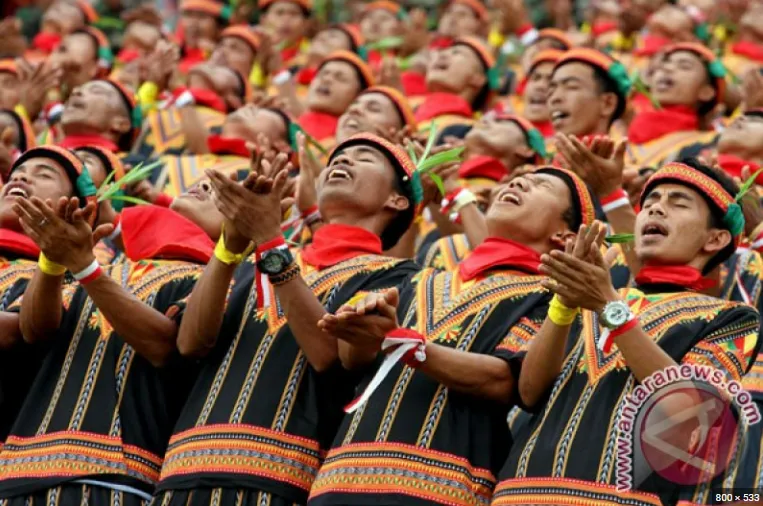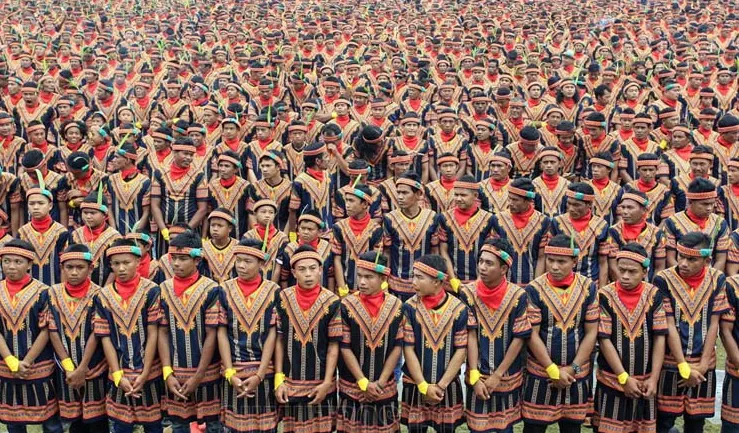On this day, the saman dance turns 11 years old after being designated by the United Nations Educational, Scientific and Cultural Affairs Agency (UNESCO) officially recognized the Saman Gayo Dance as registered at UNESCO on the Representative List of Intangible Cultural Heritage in Bali on 24 November 2011.


Saman dance is a dance originating from the Gayo Lues tribe, performed in important celebrations at a traditional event. The dance lyrics also use the Gayo language. The name of the dance "Saman" was obtained from one of the great Acehnese scholars, namely Syekh Saman. Some histories state that Syekh Saman was a scholar from the Gayo tribe in Southeast Aceh who later discovered and founded the Saman dance. Saman dance is one of the media to convey messages or da'wah. This dance reflects education, religion, manners, heroism, cohesiveness, and togetherness.

( )
)
At the beginning of its development, the Saman dance was a sacred dance, so it could not be performed haphazardly.
The Saman dance is synonymous with the thousand-motion dance because the movements are so dominating. Saman dance is performed without the accompaniment of musical instruments but uses the sounds of the dancers and their applause which is usually combined with hitting their chest and groin in synchronization and throwing the body in various directions. In its appearance, the Saman dancer is guided by a leader who is usually called the Sheikh. The saman dancer and the sheik must be able to work well together to create harmonious and unified movements.


In principle, the saman dance is a dance that has a deep meaning. This dance symbolizes high education, courtesy, cohesiveness, togetherness, and the heroism of the Acehnese people who are religious.
Saman dance uses the Gayo language which is sung directly by the dancers. Usually, the one who sings this song is a dancer who is in the middle. Saman dance is performed in groups, with a minimum of seven people. It can also be up to tens or even hundreds of people, as long as the number is odd. The Saman dance movement has several elements of motion, namely the clapping of the hands and the clapping of the chest. This movement is in the form of shaking, keep clinging, and surang movements. Another movement of this dance is in the form of two lines of dancers singing while clapping and other dancers harmonizing the movements. In addition, there are also dominant hand movements. There are various kinds of hand movements, such as cilok (light movement of the fingertips), cerkop (hands pressed together and in the same direction), and tepok (clapping movements in various positions).
Saman dance is quite a unique dance because it does not use musical instruments. However, it only displays hand, body, and head movements. Another interesting thing is the sitting position of the dancers and the body swaying left and right when the song lyrics are being sung


My best regards, @tswandi hope that the arts and culture of Saman will continue to prosper